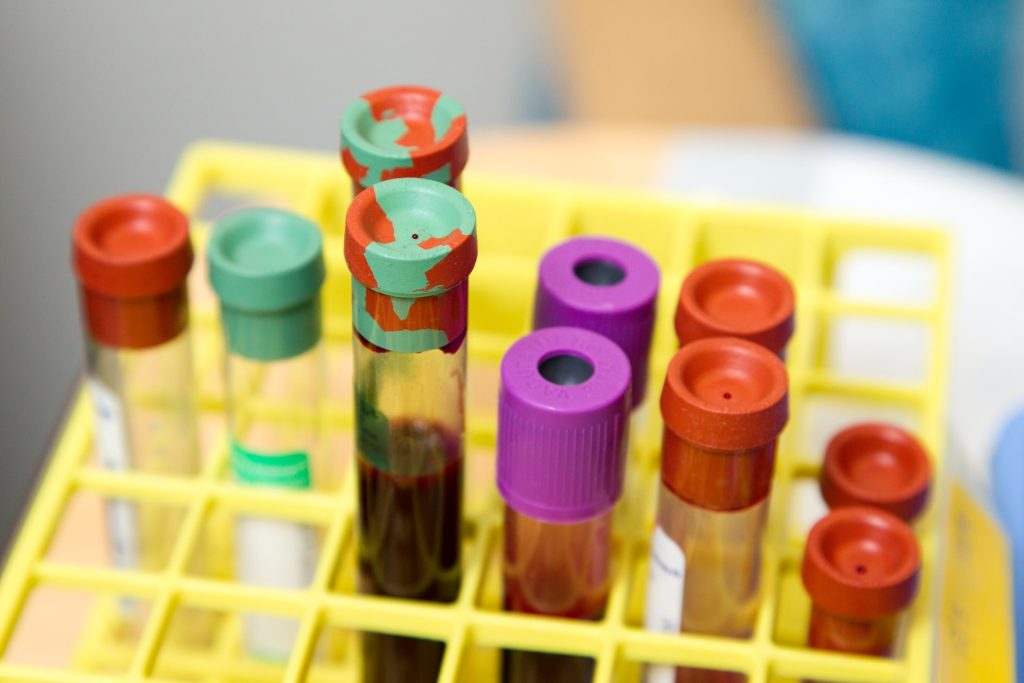Postpartum Depression Discovery Opens Door to Blood Test, Earlier Treatment

New postpartum depression research from the School of Medicine and Weill Cornell Medicine could lead to a blood test to identify women at risk and possibly even to a preventive treatment.
The research, published in Neuroposychopharmacology, suggests that pregnant women may have characteristic levels of certain molecules in their blood that can warn that they are at risk of developing postpartum depression (PPD). These molecules, called neuroactive steroids, are derived from progesterone.
Measuring those molecules via a simple blood test could let doctors get women treatment for PPD sooner – possibly even before symptoms appear, the researchers say. “Studying postpartum depression gives us a way to identify biological changes that occur before someone becomes depressed because the timing of postpartum depression is predictable,” said researcher Jennifer Payne, MD, an expert in reproductive psychiatry at UVA Health and the University of Virginia School of Medicine.
Understanding Postpartum Depression
Postpartum depression affects 10% to 15% of new moms.
“Postpartum is the only time in people’s lifespans when we know there is a biological trigger which guarantees that a certain percentage of people will become ill,” said Weill Cornell’s Lauren Osborne, MD, who co-led the study with Payne. “If we can untangle this biology and find predictors for it, not only will we be helping women, but it may give us a step up in trying to find predictors for other psychiatric illnesses also.”
It’s unclear why some women develop postpartum depression, but the new findings suggest that an imbalance in the body’s metabolism of progesterone may be a factor.
About the Study
To better understand the role of progesterone, the researchers focused on the hormone and on its “metabolic pathway” in the body. The scientists measured levels of neuroactive steroids derived from progesterone in the blood of 136 women during their second and third trimesters. Of these, 33 went on to develop postpartum depression after giving birth.
Two neuroactive steroids seem to affect the risk of developing PPD – pregnanolone and isoallopregnanolone. Pregnanolone acts on a particular cellular receptor to reduce stress. Isoallopregnanolone, on the other hand, acts on the same receptor to increase stress.
In the third trimester, women who went on to develop PPD had a lower pregnanolone/progesterone ratio and a higher isoallopregnanolone/pregnanolone ratio compared with those who did not, the researchers found. Elevated progesterone levels in late pregnancy were also associated with a higher risk of PPD.
Next Steps
The researchers plan to attempt to replicate their results in a larger, more diverse group of women in hopes of developing a clinical test to predict the risk of PPD. Further, they say their work could lead to a preventive treatment – possibly one of two prescription drugs, brexanolone and zuranolone, already available to treat PPD.
“We don’t know if these drugs would work as a preventive measure for people who are at risk of developing postpartum depression, but based on our findings, they have the potential to prevent [its] development,” Osborne said.









